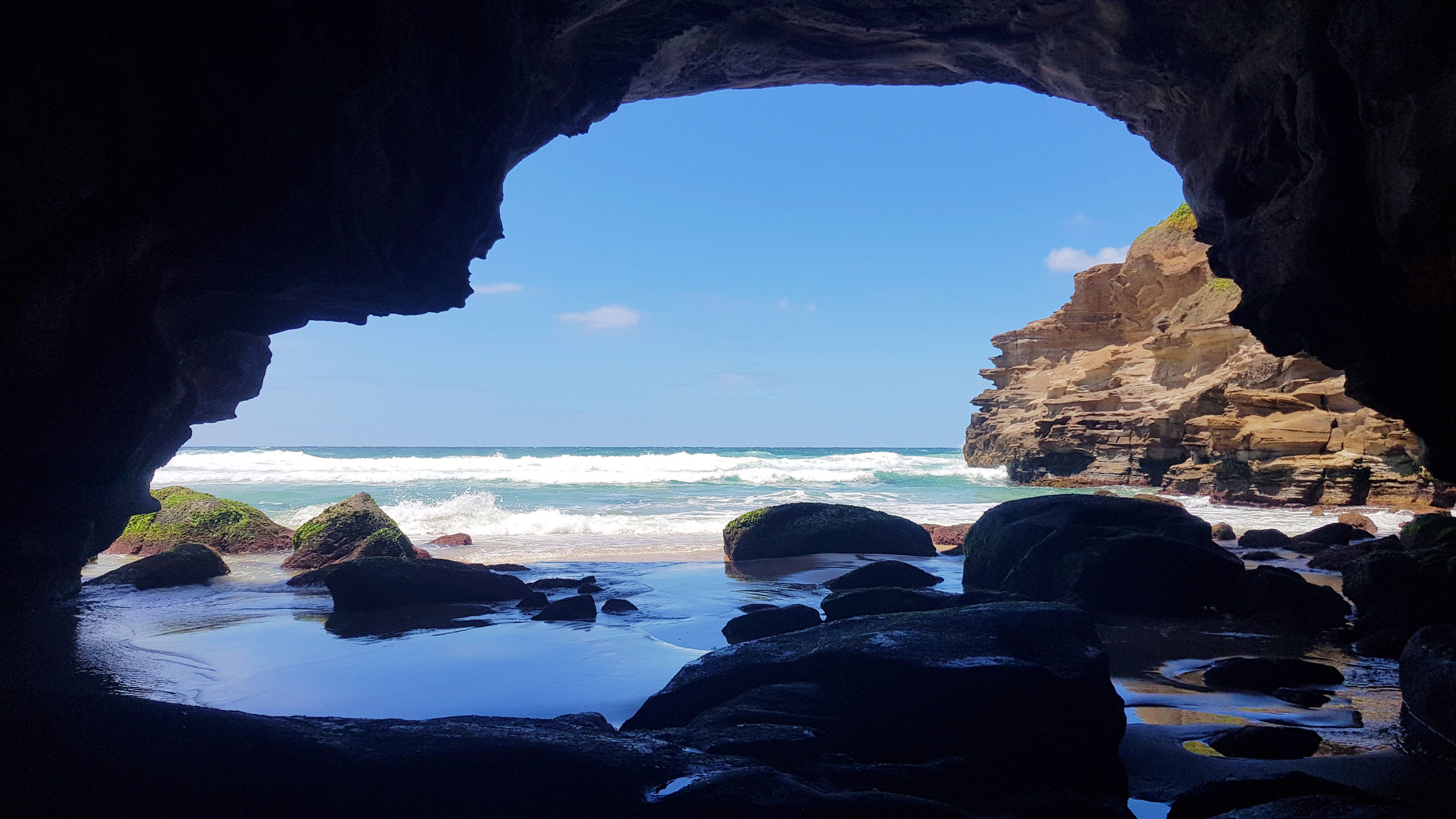Tag: Cave
-
Wombeyan Caves

Wombeyan Caves Hit by the triple disasters of bushfires, floods and Covid, our visit to Wombeyan Caves was not as extensive as we planned. The fires of 2020 damaged the surrounding country severely, removing much of the vegetation. The heavy rain and floods that followed resulted in land slips and damage to all walking tracks.… Read more
-
Baiame Cave Milbrodale Hunter Valley

Baiame Cave Milbrodale Hunter Valley It’s amazing what you can find close to home that you didn’t know existed! It’s even on the local council website, but we somehow failed to see it. About 25 minutes down the Putty Road from Singleton, the Baiame Cave at Milbrodale contains a significant example of Aboriginal art. Significance… Read more
-
Ghosties Beach and the Rainbow Cave

Ghosties Beach and the Rainbow Cave Getting There and Parking Located in Catherine Hill Bay South of Newcastle, Ghosties Beach and the Rainbow Cave (also called Ghosties Beach Cave) are an amazing place to visit, because of their beautiful colours and setting. We parked near Moonee Beach, as we were also visiting the Pink Cave.… Read more